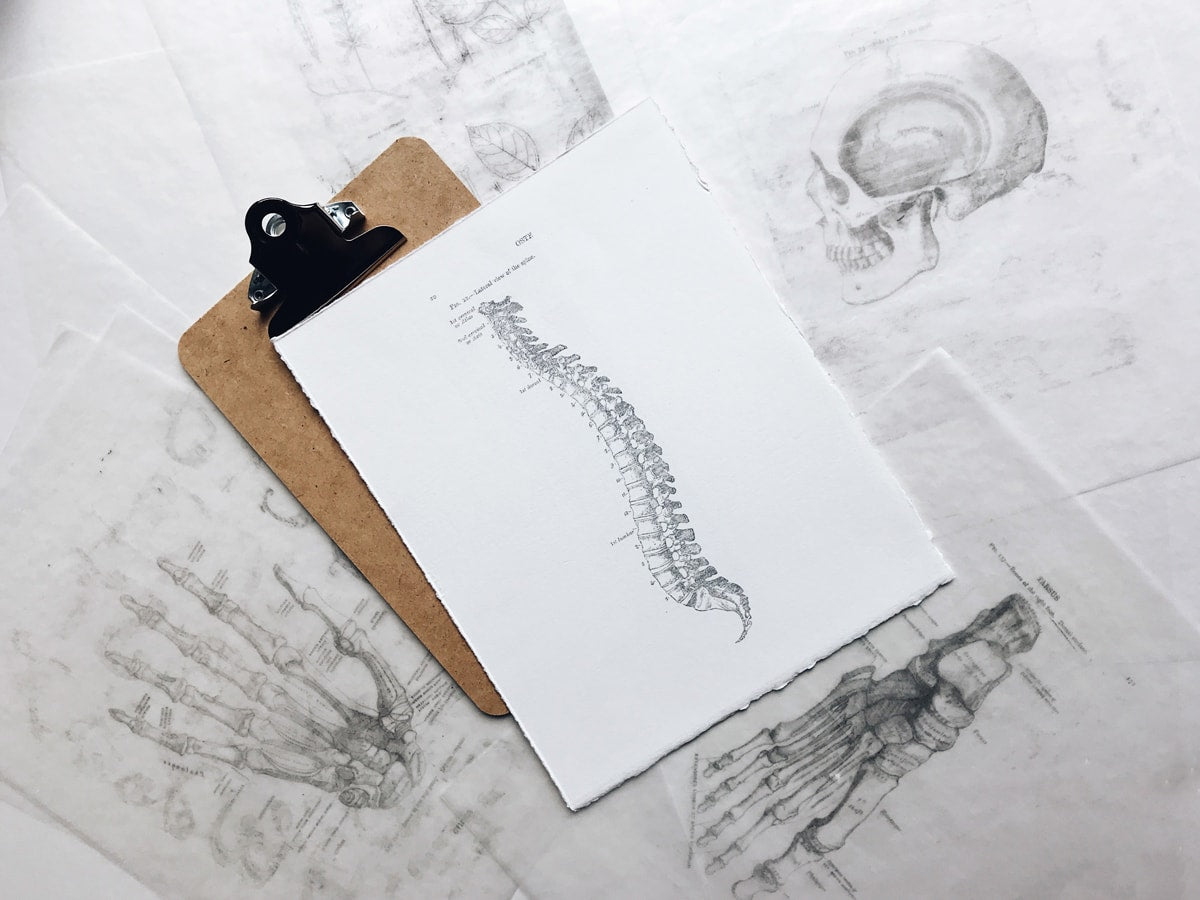Understanding the cause of sciatica
Sciatica is simply pain that radiates down the leg from the lower back. While “radiates” is a term loved by doctors, patients typically describe their pain as “shooting” or “spreading”, sometimes describing even a shock-like quality. Sciatica is not a single disease, however. Rather, sciatica is a symptom, a problem that troubles a patient. It’s the physician’s task to first figure out what’s causing sciatica and then what to do about it. Fortunately, most cases sciatica resolve without specific treatment, although occasionally surgery may be required.
“Sciatica” is so named because the pain arises from the sciatic nerve, the largest nerve in the human body. The sciatic nerve returns sensation from specific areas on the surface of the leg and as a result problems with the sciatic nerve are typically experienced as pain coming from these regions. Counterintuitively, the actual cause of sciatica usually has nothing to do with the sciatic nerve or leg itself. Rather, sciatica is caused by irritation or compression of one or more of the spinal nerves that contribute to the sciatic nerve, usually just as they emerge from the spinal cord. Although there are many possible causes of nerve irritation (osteoarthritis, spinal stenosis, tumor, fracture, inflammation, etc.) in most cases a herniated spinal disc is the problem.

A herniated intervertebral disc results when a weakened outer rim of the disk finally giving way, allowing the softer inner core of the disc to extrude. When this material presses on nerve roots that contribute to the sciatic nerve, sciatica is the result. Fortunately, most herniated spinal discs eventually resorb the extruded material and so the only required treatment is patience and pain relief. Symptoms can improve relatively quickly, usually within a few weeks to a few months, pretty much regardless of what treatment is offered. For many years bedrest was advised, but modern research has shown that maintaining usual activities may actually result in quicker recovery.
Occasionally symptoms may be severe, or protracted, and then surgery may be required. If nerve compression results in loss of bladder or bowl control, immediate surgery is usually necessary. A variety of surgical techniques are effective for dealing with herniated discs, ranging from simply removing the herniated disc material to complete removal of the disc and fusion of the adjacent vertebrae; exactly which technique is most appropriate depends on the exact anatomic problem.
It's reassuring that most cases of sciatica resolve spontaneously, and that surgery is almost always effective in the remainder of cases. But, wouldn’t it be better if we could avoid herniated discs altogether? What causes discs to herniate in the first place?
Unsurprisingly the usual suspects turn up when we hunt for the causes of disc herniation: genetics, age, smoking, etc. But how we use our spines is a crucial factor in how well they stand up over a lifetime. And, unlike our genetics or age, how we choose to use our spines is something we have control over.
The role of sitting in sciatica
It turns out one of the most common abuses of our spines is simply sitting because our spines are designed for standing and walking, not for sitting. As a result, our addiction to passive sitting requires our spines to adopt an odd configuration for many hours each day, a configuration that uniquely stresses our lumbar spines and their discs:
As the above diagram suggests, the seated spine increases the pressure in inside our discs, setting the stage for disc failure and perhaps ultimately for disc herniation. So, less sitting, and sitting for shorter periods, is an obvious effective way to protect our discs.
“Sit less!” is an obvious solution, perhaps, but not really a helpful injunction, because in our modern chair-centric culture sitting less isn’t an easy lift. We’re required to sit for our work, our amusements, our meals, our …, well, it seems we’re sitting most of our lives.
Researchers are beginning to think that what’s really required to protect our spines is a way of sitting that’s more akin to walking or standing. A recent paper in the prestigious journal PLOSS One observed 3 :
“… static overloading
Static axial overloading primes lumbar caprine intervertebral discs for posterior herniation.predisposes the disc for posterior herniation. These findings could have implications for working conditions, in particular of sedentary occupations, and the design of interventions aimed at prevention and treatment of early intervertebral disc degeneration.”
Cornelis P. L. Paul ,Magda de Graaf,Arno Bisschop,Roderick M. Holewijn,Peter M. van de Ven,Barend J. van Royen,Margriet G. Mullender,Theodoor H. Smit,Marco N. Held
Chairs that allow active sitting are now coming available, and have the potential to prevent a lot of spine misery and expense. Better sitting is a much longer conversation, however, but for more on this idea you might want to look at this short book: Sit Better.
1https://www.sciencedirect.com/science/article/pii/S2666548422000117
2https://journals.plos.org/plosone/article?id=10.1371/journal.pone.0174278
3https://journals.plos.org/plosone/article?id=10.1371/journal.pone.0174278






2 comments
Vicki Miller
Is a recliner easier on the back?
Lou Chimenti
Good stories both sideds offered.
Leave a comment
All comments are moderated before being published.
This site is protected by hCaptcha and the hCaptcha Privacy Policy and Terms of Service apply.